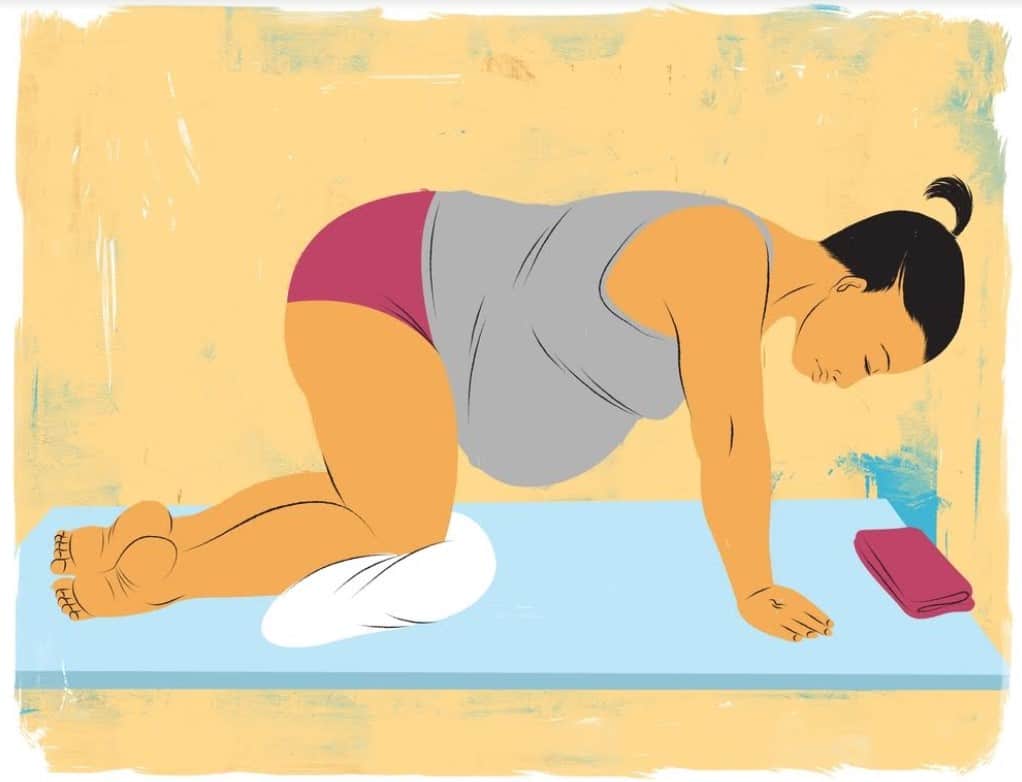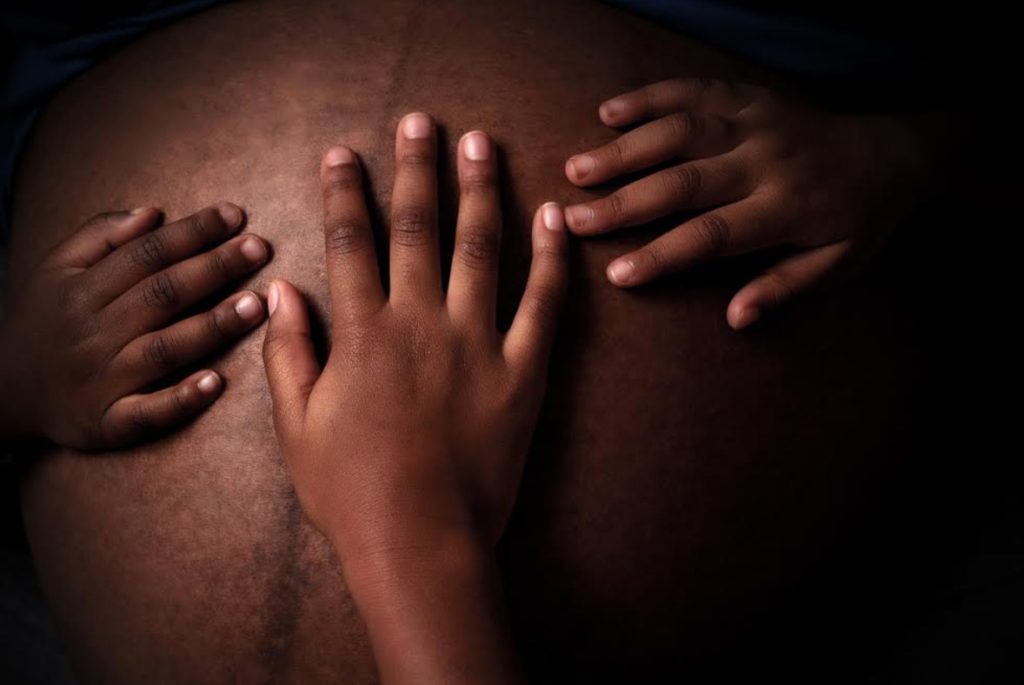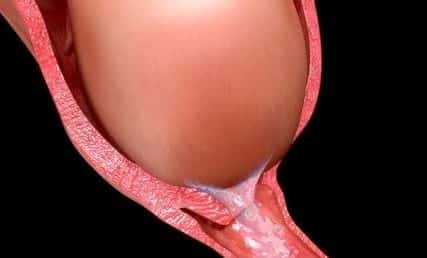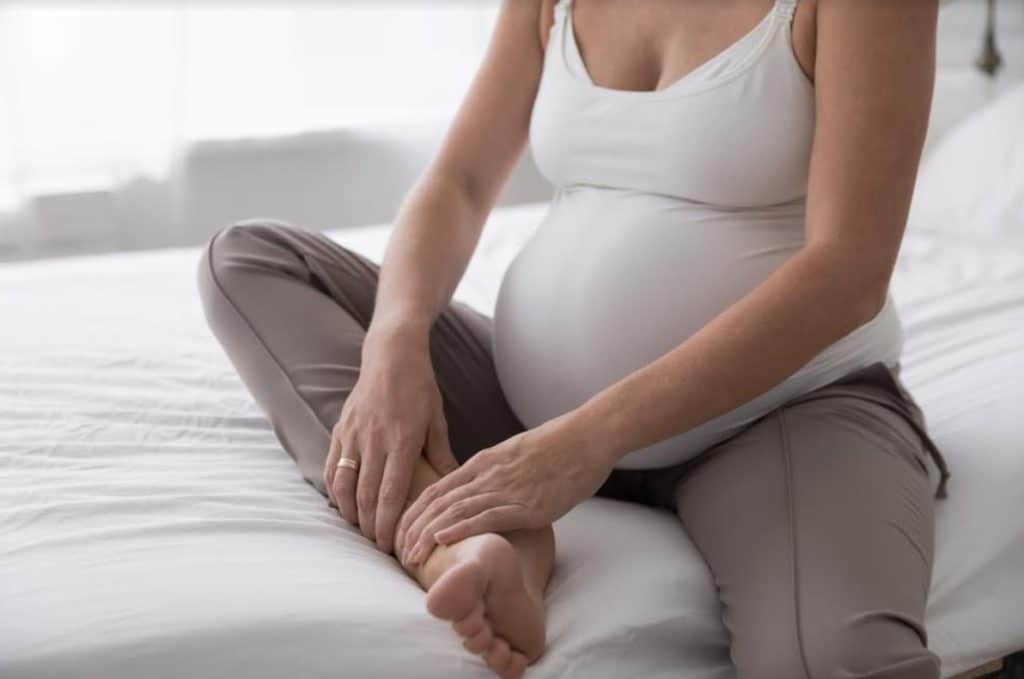Like every other journey in life, pregnancy has an endpoint. At the end of this exciting journey of changes, development, and anticipation, your precious one (or two!) would lie blissfully in your arms; just after a major event called labor. Again, like other major events, labor occurs in stages and has obvious signs. In this article, you’d learn 7 early signs of labor and what you should do during this period.
This knowledge is really important because your doctors may ask you to remain at home in the early stages of labor until your contractions are closer and stronger.
Thankfully, this article would carefully guide you on all you need to do in this period of early labor.
What Is Labor?
Labor simply refers to the natural process of childbirth, as opposed to other ‘assisted’ methods of child delivery like cesarean sections or surrogacy. It is characterized by labor contractions which are the repeated tightening and relaxation of the uterine muscles as your body prepares for childbirth.

As we mentioned earlier, labor begins with an initial steady contraction and continues until both your baby and the placenta have been safely delivered.
Interestingly, labor is unique for every mom-to-be.
In fact, some women experience little to know signs or symptoms of labor. On the other hand, other would-be-moms go through all of the 7 signs of early labor that would be discussed in this article.
Just before we learn about the signs of labor, let us consider the stages involved in the all-important event that is labor.
Stages of Labor
For most women, labor occurs in stages characterized by these two factors:
- Degree of cervical dilation (extent of cervical widening)
- Timing of contractions
As a result of these factors, there are three obvious stages of labor:
- Early Labor: At this stage, the cervix is about 3cm dilated and the mild and slightly irregular contractions may last for about 30-45 seconds with about 30 minute intervals between each contraction.
- Active Labor: At this point, cervical dilation is around 4-7cm and the stronger contractions may last for about 45-60 seconds with a 3-5-minute interval.
- Transition: This is the final stage of labor before your baby arrives. At this stage, your cervix would be about 8-10cm wide and the contractions may last for about 60-90 seconds with 2-minute intervals.
7 Signs of Early Labor
As we mentioned earlier, each labor is unique.

In this section, you’ll learn about seven common signs of early labor. They are:
1. Contractions
This is the first and most obvious sign of early labor. In plain terms, labor contractions are the repeated tightening and relaxing of the uterine muscles in preparation for delivery. During contractions, it is normal to feel a certain discomfort or ache in your back or lower abdomen.
For most women, these contractions travel in a wavy motion from the top of the uterus and are similar to menstrual cramps, although labor contractions become stronger and more frequent as time goes on. Thankfully, contractions come at intervals and you can rest between phases.
2. Lightening
Lightening during labor is the process of your baby moving into your pelvis before delivery. This is also called ‘baby dropping’. In some cases, lightening can occur weeks or hours before labor.
An extension of this sign of early labor is frequent urination. This is because the uterus rests on the bladder and after lightening your uterus would become significantly heavier due to your baby’s weight.
3. Diarrhea
Another tell-tale sign of early labor is the passage of loose or watery stools. As your body prepares for childbirth, the muscles in your uterus relax and contract periodically. In addition, your intestinal muscles also relax, leading to pre-labor diarrhea.
Thankfully, the good news is that this sign of early labor is completely normal and all you’ve got to do is drink enough water.
4. Mucus Plug Passage
During pregnancy, your body does all it can to protect your little one. A prime example is the presence of a mucus plug that seals off your uterus from the external environment. In the early stage of labor, this mucus plug may come out in one large piece or tiny little bits.

Furthermore, some women also notice increased or thickened vaginal discharge in the final days of pregnancy.
5. Weight Fluctuations
Of course, every pregnant woman is no stranger to this.
In most cases, pregnancy weight gain tapers off at the end of this beautiful journey. Sometimes, the early stages of labor may even cause you to lose a bit of weight. This is a result of any or all of the following factors:
- Reduced amniotic fluid volume
- Increased urination
- Diarrhea
- Increased movements/activity
6. Loose Joints
During pregnancy, your body releases a certain hormone called ‘relaxin’. This hormone loosens up your joints and ligament in preparation for labor and childbirth.

Just before labor, it is normal to feel a little wobbly and more relaxed in your joints. Don’t worry, it’s just your body’s way of making sure your little one has a smooth passage into your arms.
7. Back Pain
Here’s another common sign of early labor.
In this period, it is normal to experience pain in your lower back while moving through the stages of labor. Sometimes, this pain may remain constant throughout labor. In other instances, it may come and go.
Water Breaking During Labor
In many instances, water breaking during labor comes after other symptoms of early labor have already arrived.
Yes, we know this is in sharp contrast to the popular belief that labor only begins after your water breaks. While this may occur, it is a very unlikely situation. Furthermore, water breaking may even happen before a pregnancy is up to term or due for labor.
The concept of ‘water breaking’ refers to the process of membrane rupture that is characterized by the leakage and outward pouring of amniotic fluid.
In fact, it is one of the final signs of labor.
What To Do At Home During Early Labor
As we discovered earlier, labor occurs in three stages.
For most women, healthcare providers recommend staying at home until the second or active stage of labor. While waiting, you can follow these steps to stay healthy and ready:
- Have a community: Receive support from your family, friends, or partner as you await delivery.
- Use distractions: For this, you can watch TV, listen to music, or walk around your house
- Get a massage: A shoulder and lower back massage can do wonders to ease the pain of contractions during labor
- Focused breathing: You can read this article to learn how certain breathing techniques can ease the pain and make your labor easier
- Take a warm shower

While moving through the stages of labor, remember to call your doctor if:
- You’re experiencing vaginal bleeding
- There’s any feeling of sharp or severe pain
- You are having blurry vision or a serious headache
- You have a high fever
Conclusion
Finally, it helps to remember that labor occurs in stages, and you may or may not experience all the signs discussed in this article. Also, remember that these signs may come early in labor or appear later in the active stage of your labor process.
As a result, the best option is to eat healthily, exercise well, attend your antenatal clinics and follow your healthcare provider’s guidelines on when to come to the hospital.

